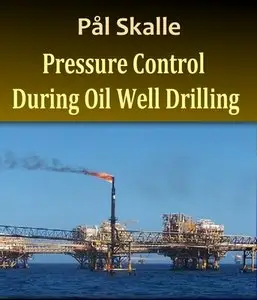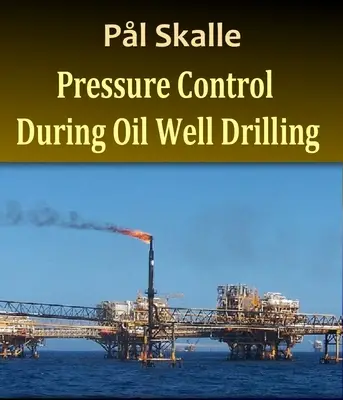"Pressure Control During Oil Well Drilling" by Pål Skalle
BoBoCoAe, PS & Ventus Publishing ApS | 2011 | ISBN: 8776819415 9788776819415 | 118 pages | PDF | 11 MB
BoBoCoAe, PS & Ventus Publishing ApS | 2011 | ISBN: 8776819415 9788776819415 | 118 pages | PDF | 11 MB
This book aims at explaining the physics and the engineering approaches behind pressures in the sediments, detection of unstable wellbores, equipments necessary to close and kill the well, killing methods and offshore challenges.
Porous sedimentary formations penetrated by the rock bit contain fluids such as oil, gas or salt water. If the hydrostatic pressure of the drilling fluid drops below the formation pore pressure, pore fluid will enter the well and “kick” the mud out of the well. To control the pressure while drilling you need to understand the behavior of gas.
The book was revised and updated in 2011, mostly on basis of input from readers.
Contents
1 Introduction
1.1 The drilling process
1.2 Geological sediments
1.3 About Pressure Control in sedimentary rocks
1.4 Principle of barriers and safety aspects
1.5 Scope of this book
2 Pressure in the sediments
2.1 Sedimentary pressure prediction models
2.2 Quantifying formation pressure
3 Well Control Equipment
3.1 BOP stack and associated equipment
3.2 Remote control of the BOP
3.3 Volumetric unstable well (kicking well)
3.4 Closing procedure during drilling operations
3.5 Well barriers during drilling operations
4 Standard killing methods
4.1 Surface and bottom pressure of a shut in well
4.2 Hydraulic friction during killing
4.3 Killing by means of Driller's Method
4.4 The Engineer's Method and kill sheet
4.5 Killing when unable to circulate from bottom
5 Modification of the standard killing method
5.1 Modification due to narrow pressure window
5.2 Killing with irregular drill string geometry
5.3 Best practice while drilling through narrow pressure windows.
6 More realistic gas behavior
6.1 Transport of gas
6.2 Wellbore pressure during two phase flow.
6.3 Gas solubility
7 Special offshore safety issues
7.1 Low sea temperature
7.2 Other deep water problems
7.3 Shallow sands below deep sea water
8 Gas migration through cement
8.1 The cement slurry
8.2 Cementing operations
8.3 Gas migration
References
Nomenclature
Abbreviations
Unit conversion factors
with TOC BookMarkLinks



